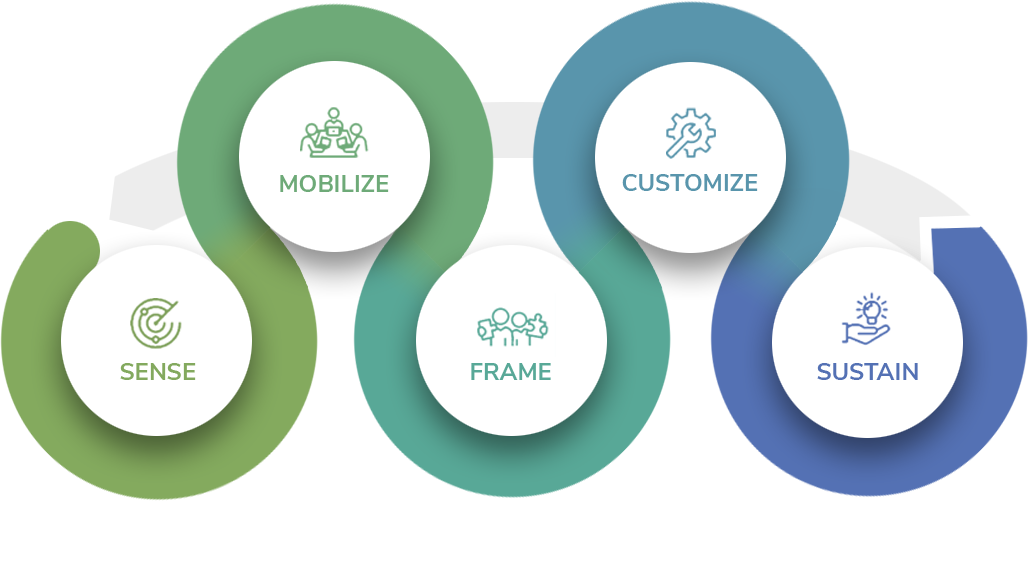Rest Assured: You’re not Alone!
Not to worry: you’re not alone, most organizations reach a point where they recognize that key elements in their operations need improvement. You have already taken the most important step in initiating the needed changes. Companies that successfully do this, have used the opportunity to take a deep look at their business performance and implement needed improvements.
There Are Immediate Constructive Steps You Can Take
- Broaden involvement: Assemble the most knowledgeable & representative people outside your current leadership, people who others respect and who can explore and deliberate. This is the foundation you will need to map the way forward.
- Commit to improvement: Commit to doing what it takes to determine and implement the needed improvements, all the while making sure these efforts don’t disturb or disrupt ongoing business operations.
- In-depth diagnostic: Undertake a comprehensive review of all seven components to discern the range of potential actions that would make the needed improvements. Especially seek to understand the roles for new and emerging technologies and digital applications.
- The critical few across the system: In prioritizing, take a systems view across all of the organization’s components, and identify those interdependent items which together will deliver the needed improvement. Focus your resources on these.

He commissioned the first two immediate steps as part of the Sense stage:
- Broaden involvement: The executive director brought together knowledgeable & respected employees from each program and functional group. Having these twenty-six people meet as a “design team” in an open workspace signaled that things were changing.
- Commit to improvement: The executive director charged the design team to determine the needed improvements, and focused existing management on ongoing business operations. He facilitated frequent in-depth interactions between them.
They took the next two immediate steps as part of the Mobilize stage:
- In-depth diagnostic: The design team took advantage of an all-employee survey similar to this Online Assessment to evaluate the components. They also interviewed numerous thought leaders to solicit additional insights.
- The critical few across the system: This step cemented the powerful partnership between the design team’s in-depth understanding and the existing management team’s authority to make changes. Customer focus, attention to innovation, and cross-functional coordination emerged as the clear key priorities.
How Is It Turning Out?
In the Frame stage, the design team experimented with a radical new customer-centric operating model but finally agreed to a new customer coordination group and coordination council. They agreed to exploring a shared leadership approach to governance.
In the Customize stage the design team and existing management worked together to configure the new customer coordination group, redraw the existing departments, and practice sharing leadership at the department and program levels.
In the Sustain stage it became clear that the customer coordination group needed to be beefed up and given authority over all customer issues. They also completed a shift to shared leadership across the entire enterprise.
You Can Do This Too!
This is only one of many organizations needing improvement that we have worked with. While every organization’s situation is unique, if some of the symptoms here mirror ones you are facing, give us a call and let’s further explore.
